It can be difficult to stay on track at the best of times, but with the added distractions of a pandemic, even completing routine tasks can become an uphill struggle. Sometimes, entire days are spent putting out metaphorical fires or helping others, and whilst this can sometimes be important, it leaves a lot less time for us to focus on high-payoff activities.
High-payoff activities are the currency of your vision – completing such tasks will take your business to where it needs to be. However, identifying these tasks is easier said than done, so first you must have a clear understanding of your destination, before detailing the journey in between.
It’s always important to have a vision for your business, but in the middle of a crisis, this vision will help you see the wood for the trees. The business environment you currently operate in could look completely different a year from now, and it’s your responsibility to navigate the roads ahead, ensuring your organisation comes out in a strong position at the end.
So, how do we go about establishing this vision? Even without a crystal ball, it’s possible to create a long-term plan for your business, that will help you remain focussed even during the most challenging periods.
Preparation starts now
Don’t put it off any longer. It can be easy to say, “I’m busy, so I’ll look at it tomorrow”, but this kind of procrastination will only hold your business back. Instead, roll up your sleeves and tackle the issue with the help of fellow senior managers, using your combined expertise to decide what is best for the future of the business.
Over the next few months, you should dedicate about 10 to 20 percent of your week to exploring and envisioning where you want your organisation to be five years from now. With this information, you can then begin to fill in the gaps in between, outlining a clear step-by-step plan to achieving your vision.
Whilst ongoing Covid-related challenges might demand the immediate attention of your business leader, it’s important that the CEO, CFO, CSO and other key line leaders get involved in the process, as they are responsible for signing off on major resource allocation that will help make the vision a reality.
This means taking the time to forensically study your industry and current trends, leaving no stone unturned so you can prepare for what is around the corner. Focus on what your customers require and how you’ll meet their new and evolving demands, considering both threats and opportunities to understand the challenges that lie ahead.
Reverse-engineering
Once you have established your long-term vision, you should work backwards to lay out a path that will take you there. Through a process of reverse-engineering, you can identify a series of benchmarks and milestones that will act as checkpoints along the way.
The reason for doing this is that it allows you to think concretely about what your business could become, instead of being limited by what’s currently happening. Reverse-engineering will also make it clear which investments should be given priority and which activities can wait until later.
However, given the current situation, it’s important to establish a vision and path that allows you to learn, pivot and adapt if something occurs. Although it’s nice to never deviate from the original plan, there will undoubtedly be obstacles along the way that will knock you off course temporarily.
Ultimately, the resilience of your business and the clarity of your vision will ensure you realise your true potential, allowing you to feel more satisfied with the personal and professional progress made.

